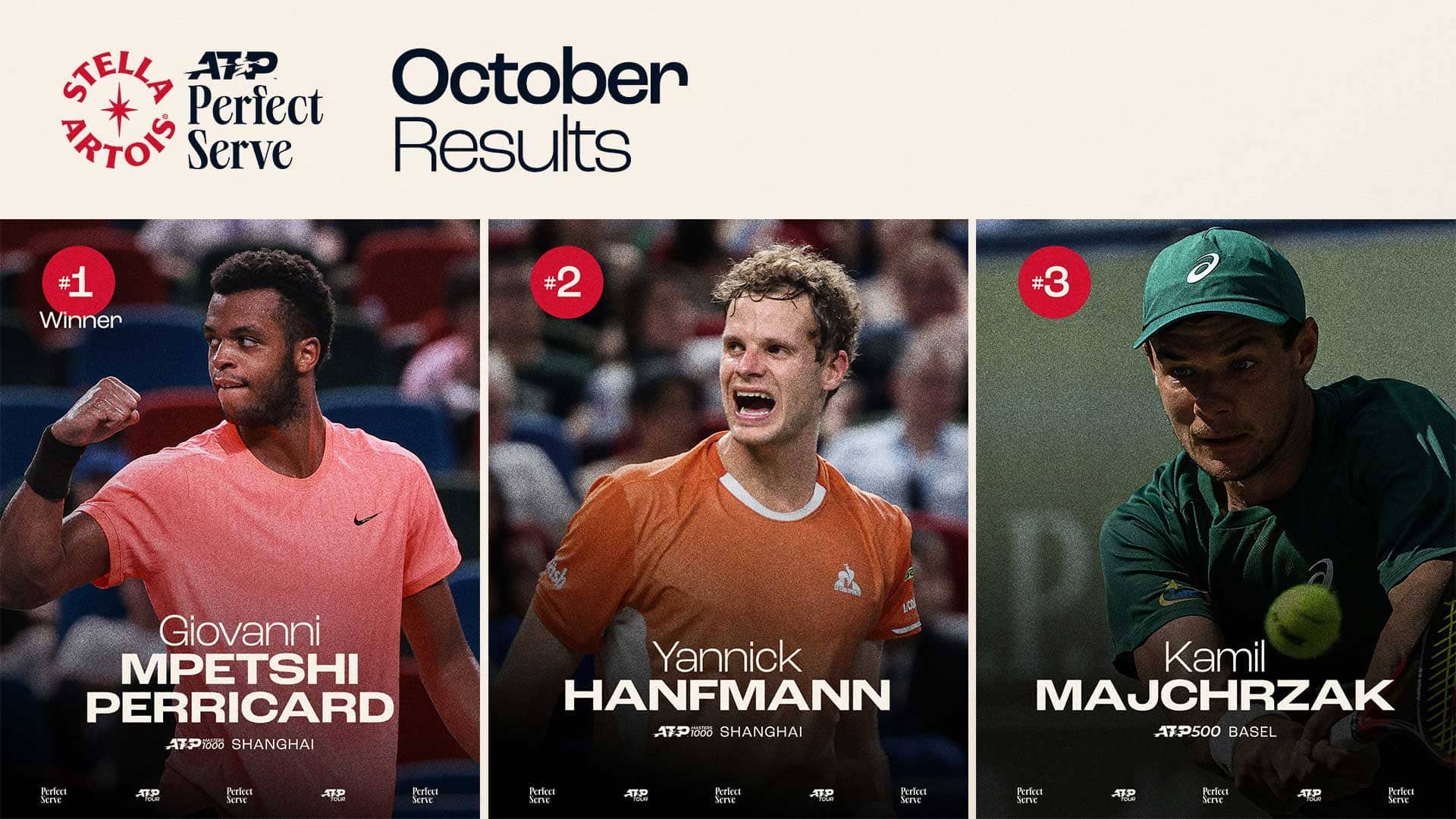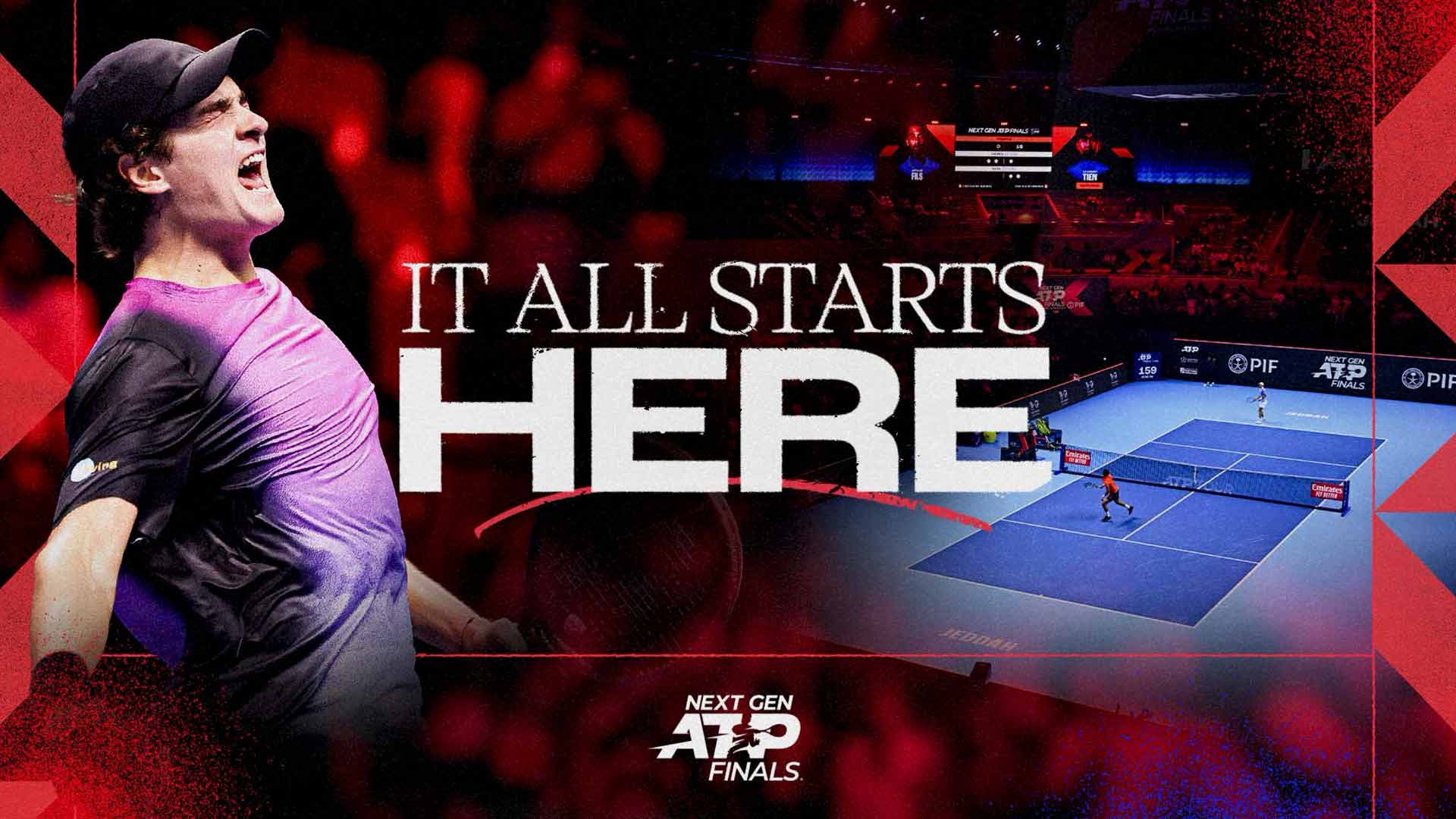Anisimova's composure powers her WTA breakthrough
In Riyadh's charged atmosphere, coach Hendrik Vleeshouwers reveals how mental resets and tactical refinements have propelled Amanda Anisimova from the sidelines back to the semifinals, toppling giants along the way.

In the softly lit players' lounge in Riyadh, Saudi Arabia, Hendrik Vleeshouwers enters with a bearded smile and a khaki Boston Red Sox hat perched casually on his head. The coach's buoyant stride reflects the triumphs of a remarkable season with his player, the 24-year-old American Amanda Anisimova. As the No. 4 seed in her debut WTA Finals, she has surged into Friday's semifinals after a stirring comeback victory over No. 2 Iga Swiatek on Wednesday night, marking the second consecutive win against the dominant force.
Raw talent transforms into consistency
Anisimova's path this year defies easy summation, but the numbers paint a vivid picture of her ascent: 10 victories over Top 10 opponents, surpassing her entire prior career tally; 13 straight three-set triumphs at Grand Slams, WTA 1000s, and 500s; and defeats of all four reigning major champions, an achievement unseen in seven years. Vleeshouwers, who joined her team during the 2024 grass-court season after Roland Garros, recalls starting in the qualifying first round of a 250 event in 's-Hertogenbosch, where she fell in her opener. He encountered a player overflowing with untapped power, her strokes raw and explosive yet needing refinement to endure the tour's demands.
Their collaboration began with building physical endurance, ensuring she could dive into prolonged rallies without fear, fostering trust in her body that extended to her shots. Technical adjustments followed: honing the backhand for fluid redirection, sharpening the forehand for deeper penetration, and varying the serve to disrupt returns. As these elements coalesced, they transitioned to tactical discipline, emphasizing patterns like crosscourt forehands to pin opponents before unleashing down-the-line backhands.
“There are so many stats out there, but those are good ones,” Vleeshouwers said. “She’s beating strong opponents. I love that data because it’s easy to use when I'm talking to Amanda -- `Look at this.’ ”
Her hiatus from April 2023 until her January 2024 return provided mental breathing room, but on-court, the emphasis on fitness unlocked rally confidence. Early grass sessions drilled one–two combinations, serve followed by inside-out forehands, to exploit quick bounces and stretch defenses wide. This foundation has since adapted across surfaces, turning potential into a seamless flow that withstands pressure.
Staying calm unlocks her best tennis
After the Swiatek match, Anisimova highlighted her composure despite a faltering first set, a quality Vleeshouwers has instilled as essential. He stresses that maintaining poise amid emotional surges—inevitable in tight contests—allows her to deliver full effort on every point. Their pre-match rituals reinforce this: reviewing game plans, opponent patterns, and her strengths, always prioritizing play on her terms to maximize success.
Her backhand stands out as a weapon of natural elegance, generating power through timing and instinct rather than strain, often slicing crosscourt to draw errors or firing inside-in for winners. Courtside, it hums with deceptive ease, redirecting pace on hard courts or adding underspin on clay to slow proceedings. Vleeshouwers places it among the tour's elite, a shot that thrives when she's locked in mentally.
“That’s what we’re trying to achieve, right? To stay calm. My task is to keep telling her that staying calm wins the match. When there’s noise, when she’s reacting, when she’s emotional -- which is going to happen -- it’s inevitable. We’re going to have conflicts, as well. But we need to get better after each one. When she’s composed and she’s ready to play the point, and she can give 100 percent, I mean, that’s the best Amanda we will see.”
This mindset proved crucial at the US Open quarterfinals, where she revisited Wimbledon final footage alone before facing Swiatek again. Sticking to aggressive tactics—deep serves setting up backhand slices and forehand approaches—she flipped the outcome, adapting mid-rally to counter the Pole's baseline consistency. The crowd's roar in those moments echoed her growing assurance, transforming doubt into dominance.
Grace in defeat builds toward slams
Wimbledon's final loss to Swiatek stung deeply, with fatigue blunting her intensity and the grass amplifying small lapses. Vleeshouwers immediately reframed it for her: she hadn't shown her true fight that day, but new experiences like that would sharpen future efforts. Her post-match speech, delivered with striking poise, resonated worldwide, showcasing a maturity that endeared her further to fans.
Rebounding required introspection, leading to those 13 three-set victories where adaptation shone—shifting from crosscourt loops on clay to net-rushing one–twos on grass. Court awareness has elevated most recently, helping her sense match flow and pivot tactics, like varying serve spin to open angles for down-the-line strikes. This evolution has vaulted her into the Top 5, with firsts like Grand Slam finals testing yet fortifying her resolve.
“If we played our game in the Wimbledon final, we probably would have been closer. So I told her, `The game plan doesn’t change, this is what you need to do.’ She also looked back at that match back in the hotel before the match with Iga, which I think was pretty rough to do. She did it on her own. And that was a good thing to do. We have certain rituals every match. We talk about the game plan, we talk about herself, we talk about the opponent but the most important thing for us as a team is `Try to play the match on your terms.’ If that happens, chances are bigger we’re going to have success.’ ”
No longer surprised by her level, Anisimova now affirms she belongs among the elite, a shift Vleeshouwers nurtures by affirming her as the best. He draws on data to illustrate progress, turning abstract growth into concrete motivation amid the tour's grind. At 24, her youth promises further emotional steadiness and consistency, key to claiming a Grand Slam.
To bridge that final gap, they'll mine this season's lessons—treating setbacks as blueprints for tighter execution in high-stakes rallies. Imagine semifinals pressure in Riyadh, where inside-out forehands and backhand redirects could echo Wimbledon's what-ifs but deliver differently. With belief as her edge, Anisimova's arc points toward majors won, not just reached, as composure meets opportunity on the grand stage.


